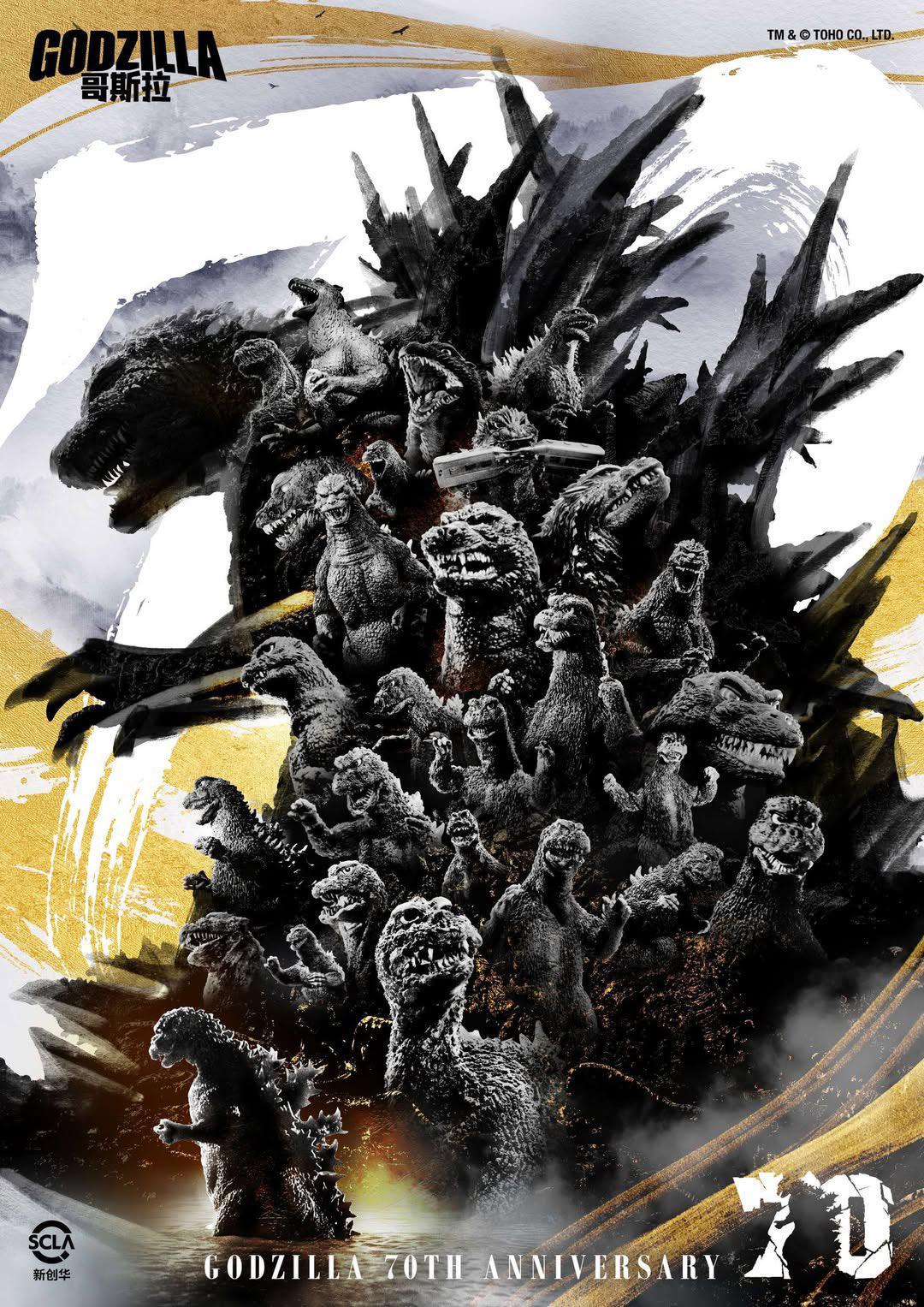I keep in mind the primary time I noticed Godzilla roar throughout a theatre display within the ’80s—primal, scary, unforgettable. This new poster does not attempt to recapture that lightning. As an alternative, it is a fashionable silhouette: Godzilla carved in jagged black, monumental, brooding, framed in opposition to a stark, presumably golden or impartial backdrop. It is much less monster, extra fable.
What Occurred
To commemorate Godzilla’s seventieth anniversary, Toho and SCLA (Shanghai Up to date Label Archives) have unveiled this official poster. It serves because the visible emblem for a sequence of latest exhibitions and occasions rolling out throughout China in 2025.
Why It Issues
This is not nearly nostalgia. It is a strategic cultural positioning: Godzilla, a Japanese icon born of post-war angst, is being recast—actually—as a part of up to date Chinese exhibition tradition. That distinction has tooth.
It indicators how legacy franchises adapt. Godzilla has been a cinematic staple since Gojira (1954). Now, 70 years on, he is a topic for curated artwork reveals, trend tie‑ins, even heavy-hitter retail initiatives.
Poster In contrast
Poster-tier retains evolving. This one ditches the painted chaos of early Japanese posters, and avoids the hyper-real CGI monsters of recent Hollywood. What stands out is its austerity: form over spectacle, symbolism over digital spectacle. If in comparison with Toho’s Godzilla the Artwork reveals, which opened in Tokyo in April 2025, the visible tone is constant: considerate, gallery-grade, restrained.
Occasions & Dates
- Tokyo: Godzilla The Artwork Exhibition opens April 26, 2025 on the Mori Arts Middle Gallery, Tokyo, operating via June 29.
- China: Launch of a number of reveals and occasions beneath the SCLA collaboration—poster unveiled now (Could 2025). Exhibition dates have not been specified publicly past “this 12 months.”
A Critic’s Take
Let’s reduce the fluff. The poster is ok. It’s what you’d count on: minimalist, respectful of heritage, little emotional danger. If you happen to hope for uncooked chaos, that thunderstorm of nostalgia—it isn’t right here. However that is in all probability the purpose. It screams “heritage model repositioning,” not “sensory overload monster fest.”
In my mid‑50s, I’ve seen Godzilla undergo cycles—nuclear warning, environmental image, blockbuster behemoth. This looks like the most recent section: submit‑bigscreen curatorial commodification. Whether or not that excites you or makes you sigh will depend on your urge for food for spectacle vs. reflection.
The poster does not inform you the way to really feel. It merely stakes a declare: Godzilla is formally an artwork object now, not only a monster film. That is neither thrilling nor tragic—it is inevitable. And for higher or worse, it marks a brand new period.
Does it work? As branding, sure. Emotionally? Provided that you already convey the bags. Would I pay to wander an exhibit beneath this poster’s shadow? Most likely. Might this design conjure that thunder of nostalgia from scratch? Not by itself.
In the long run, Godzilla’s tail nonetheless roars. That is only a quieter echo.

